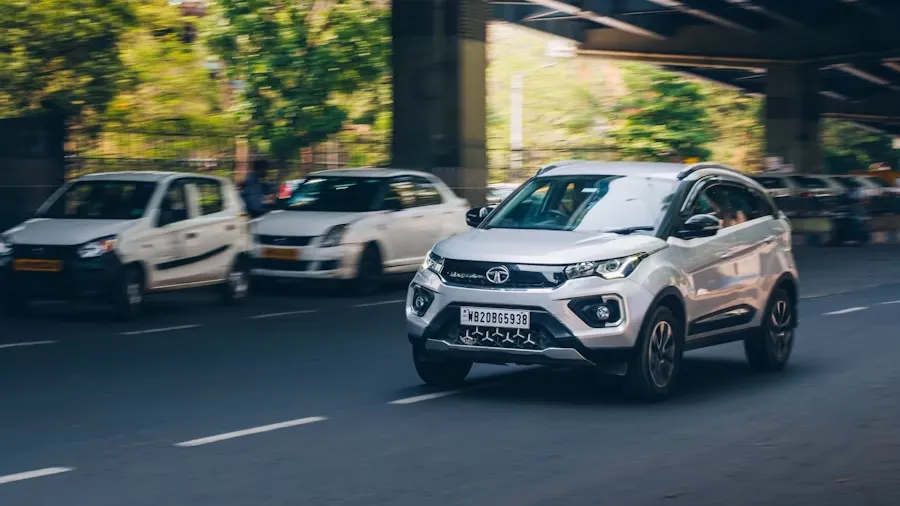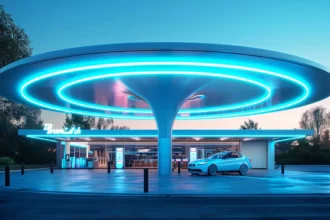Tata Motors is expecting a significant comeback in its electric vehicle sales during the upcoming fiscal year, according to an announcement made Tuesday. PB Balaji, Group CFO of Tata Motors, revealed that the company is implementing multiple strategies to reverse the approximately 10% sales decline experienced in FY25. As reported by Press Trust of India, the automaker remains confident about its future in the electric mobility space despite facing several market challenges over the past year.
Understanding the Recent Challenges
The 10% sales decline in FY25 wasn’t random but stemmed from specific market conditions. Two major factors contributed to this downturn. First, the government’s withdrawal of the FAME II (Faster Adoption and Manufacturing of Electric Vehicles) subsidy significantly increased the effective price for consumers. This subsidy had previously made EVs more affordable for many buyers, especially fleet operators.
Second, fleet operators – companies that purchase multiple vehicles for commercial use like taxis – faced operational hurdles. These businesses, which previously contributed substantially to Tata’s EV sales, encountered challenges related to charging infrastructure availability and economic viability without subsidies. The combination of these factors led to the first year-on-year decline in the company’s electric vehicle sales history.
Strategic Interventions to Regain Momentum
“We are getting the momentum back in terms of numbers, and we hope to do pretty strongly in the coming year,” Balaji stated with confidence. To achieve this turnaround, Tata Motors is implementing a comprehensive strategy with multiple components:
- New Model Launches: The company will introduce two significant additions to its electric lineup – the Harrier.ev and Sierra.ev in FY26. These models will expand customer options beyond the current portfolio, potentially attracting new segments of buyers.
- Massive Charging Network Expansion: Tata plans to grow its charging infrastructure to nearly 21,000 fast chargers, addressing one of the biggest concerns for potential EV buyers – range anxiety and charging convenience.
- Open Collaboration 2.0 Initiative: This ambitious program aims to establish 400,000 public charging points by 2027, including 30,000 new public charging stations and 500 high-capacity Mega Chargers.
- Inclusive Charging Access: The company will open its charging network to EVs from other manufacturers, though Tata.ev customers will receive priority access and special tariffs.
- Fleet-Focused Solutions: Specific interventions to reverse the decline in fleet sales, which were particularly affected by recent market changes.
Balaji further noted that “with more and more competition coming in, the EVs are slowly becoming a conversation that people would want to engage in.” This suggests that growing competition, rather than being viewed as a threat, is helping normalize electric vehicles in the consumer mindset.
Financial Commitment to Electric Future
The company’s dedication to its electric vision is reflected in its financial commitments. The Tata Group’s total investment in FY25 reached nearly Rs 48,000 crore, with a significant portion directed toward electric mobility. With group revenues touching Rs 4.4 lakh crore in FY25, Tata Motors has confirmed that its planned capital expenditure for FY26 will remain similar to the previous year’s level.
Looking Ahead: FY26 and Beyond
As Tata Motors moves forward, it is addressing multiple barriers to EV adoption including charging infrastructure limitations, high initial costs, and range concerns. The company plans to leverage synergies within the larger Tata Group to strengthen its position in the evolving market. With competition intensifying from both domestic and international players, Tata’s early market advantage and comprehensive approach to the EV ecosystem position it uniquely in India’s electric mobility transition.










